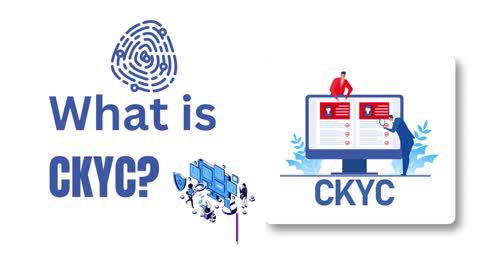An IFSC Code is a unique 11-character alphanumeric identifier assigned to each bank branch in India by the Reserve Bank of India (RBI). It plays a pivotal role in ensuring that funds are routed accurately to the intended branch during online transactions.
Structure of an IFSC Code
The IFSC Code is structured as follows:
- First 4 characters: Represent the bank name (e.g., SBIN for State Bank of India).
- 5th character: Always a zero (reserved for future use).
- Last 6 characters: Denote the branch code (e.g., 123456).
Importance of IFSC Code in Online Transactions
IFSC codes are mandatory for initiating payments through NEFT, RTGS, and IMPS. Here is how they help:
- Streamlining Transactions: The IFSC code ensures that money is sent to the correct branch, avoiding delays or errors.
- Security: It adds an extra layer of security by uniquely identifying the recipient’s branch.
- Automated Processing: Banks use IFSC codes to process transactions electronically, reducing manual intervention.
How to Use IFSC Code for Online Transfers
Here is a step-by-step guide to using an IFSC code for online payments:
- Log in to your online banking account.
- Navigate to the Funds Transfer section and select the desired payment method (NEFT, RTGS, or IMPS).
- Enter the beneficiary details, including their name, account number, and IFSC code.
- Verify the entered details to ensure accuracy.
- Confirm the transaction and wait for the payment confirmation message.
Pro-Tip: Always double-check the IFSC code and beneficiary account number before completing a transfer to avoid delays or transaction errors.











